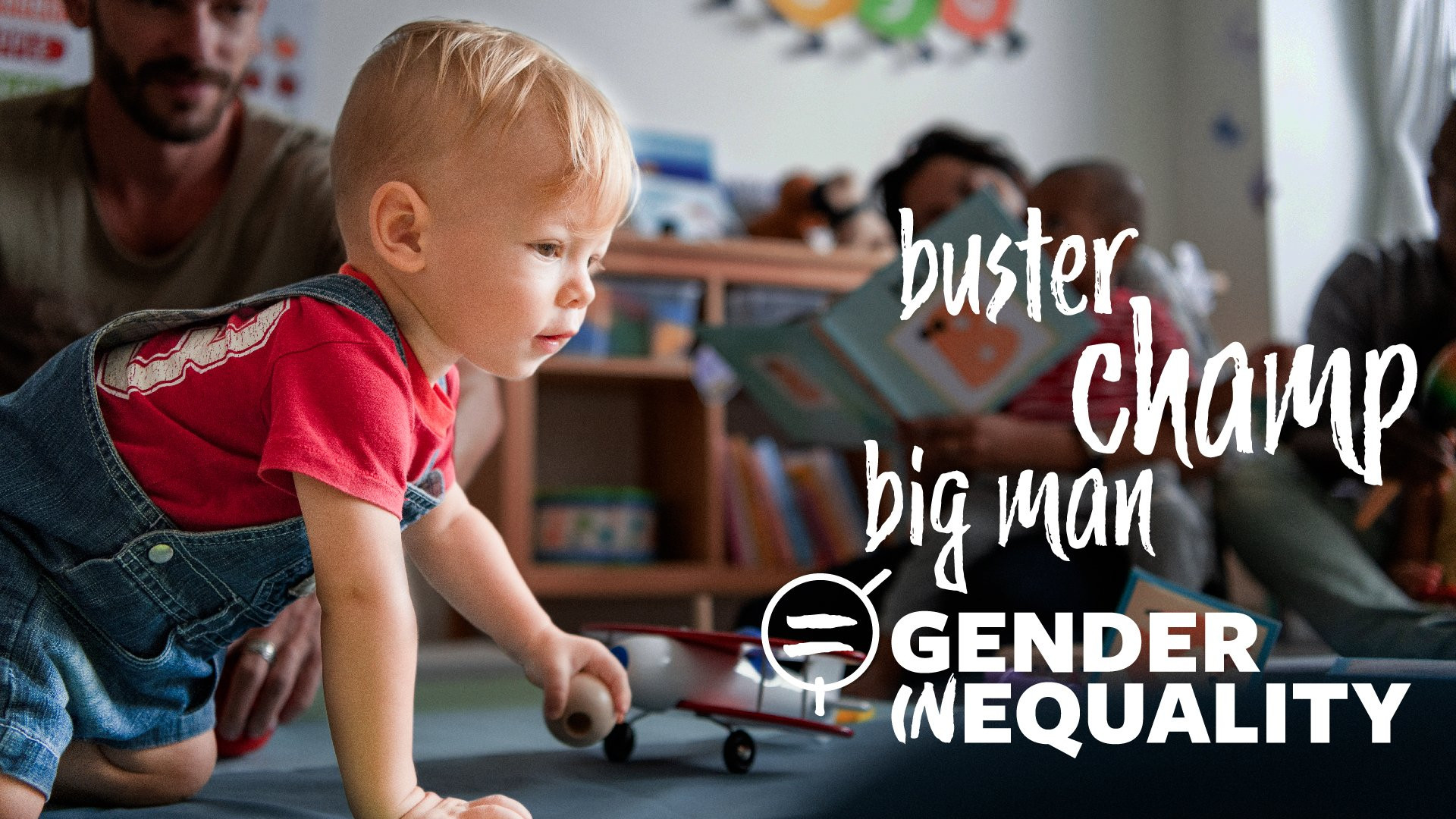Gender Equality Needs Boys

“Man up.”
“You should smile more.”
“Boys will be boys.”
“Don’t go out alone.”
No matter who you are, where you live, or how you identify, there’s a good chance that you’ve heard at least one of these phrases or something like it. Children around the world internalize these myths about what’s appropriate for their gender and these messages are constantly being reinforced at almost every turn—by parents, siblings, teachers, clergy and coaches.
But what you may not realize is that these gender stereotypes can take hold at a very early age and have negative consequences. The researchers at the Global Early Adolescent Study (GEAS), a major collaboration of the World Health Organization and the Johns Hopkins Bloomberg School of Public Health, call them “gender straitjackets”—because of the lifelong negative consequences they can have on boys and girls alike.
These consequences run the gamut for boys and girls: from child marriage to HIV, early pregnancy and sexually transmitted infections, and physical violence, tobacco use and suicide. And by the age of 14, these straitjackets are permanently fitted for most kids, regardless of whether they’re male or female, in cities or small villages, from rich families or poor, living in Nairobi or Baltimore.
And by the age of 14, these straitjackets are permanently fitted for most kids, regardless of whether they’re male or female, in cities or small villages, from rich families or poor, living in Nairobi or Baltimore.
Yet, most adolescent health interventions typically focus on kids 15 or older, by which time these gender roles, and their dangerous consequences, have already been firmly rooted. Billions of dollars around the world are invested in programs that don't kick in until kids are too old for them to make a difference.
According to GEAS researchers, though, if we’re going to achieve gender equality, we must address conditions and stereotypes that are harmful to both girls and boys—and we must intervene much earlier, by at least age 10.
These researchers have been working to understand more about the development of gender stereotypes in early adolescence and their impact on adolescent health around the world. And earlier this month, they issued a major new report and commentary published in the Journal of Adolescent Health as part of the Bellagio Working Group on Gender Equality that found that the world will never achieve gender equality by focusing on girls and women alone and excluding boys and men.
That’s a concern because many policy and development targets that focus on gender equality (such as the Sustainable Development Goals) are based on the assumption that only girls are in peril, yet evidence from the GEAS work shows that in many settings around the world, boys experience as much disadvantage as girls and are more likely to smoke, drink and suffer both unintentional and intentional injury and death in the second decade of life than their female counterparts.
Yet as the researchers warn, “we cannot achieve a gender equitable world by ignoring half of its occupants.”